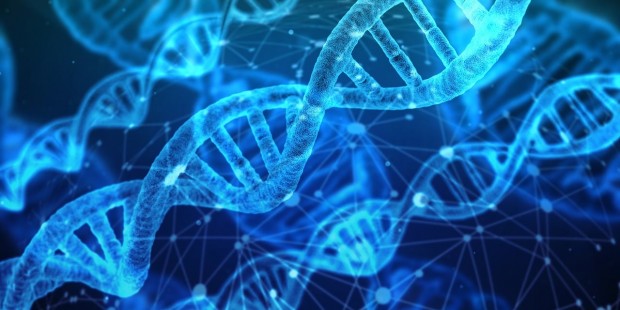The Role of Genetic Biomarkers in Neurodegenerative Diseases: Dysregulations of RNA Binding Protein Aggregations and Molecular Pathophysiologies
Neurodegenerative diseases are defined by the degeneration and dysfunction of neurons in the brain, with certain conditions being fatal. Over the past few decades, a significant amount of effort has been devoted to the development and validation of biomarkers for these diseases. Biofluids (e.g., blood, cerebrospinal fluid), nucleic acids extracted from tissues, and imaging techniques have all contributed to the expansion of the repertoire of biomarkers for central nervous system (CNS) diseases. Although imaging and tissue biopsy-based indicators are constantly being discovered and expanded, they are constrained in comparison to RNA and protein biomarkers.
Here, Dr. Sheryene Tejeda analyzes a variety of biomarkers related to the central nervous system (CNS), such as microRNA (miRNA), long noncoding RNA (lncRNA), circulating miRNA (cimiRNA), and proteins. She explores the current challenges and limitations associated with the application of biomarkers in clinical and research settings for neurodegenerative diseases. To summarize, it emphasizes the critical role of biomarker research in the treatment of these debilitating conditions and the imminent challenges associated with the integration of novel biomarkers into clinical practice and research.
The overall objective is to furnish scientists and practitioners with a comprehensive overview of the critical biomarkers that may be beneficial in the management of SFN in various age groups. Dr. Tejeda of Medicinal Technologies aspires to reduce the time, patient suffering, and cost associated with the screening process and to identify biomedical therapies that will enhance the quality of life of SFN patients through the provision of such data.
Parkinson's disease (PD) is frequently regarded as a neurodegenerative condition that impacts the central nervous system. Alpha-synuclein (α-Syn) is a critical protein that is present in Lewy bodies in the brain and is involved in the development of Parkinson's disease (PD). The accumulation of α-Syn and its integration into Lewy bodies (LBs) is a unique feature of Parkinson's disease. Familial forms of Parkinson's disease can be caused by genetic abnormalities, including point mutations in the SNCA gene and duplications or triplications of the SNCA locus. According to Dr. Tejeda, these genetic modifications can lead to increased levels of α-Syn in the circulation and the brain. Mutations in LRRK2, GBA, and DJ-1 are additional genetic risk factors for Parkinson's disease.
With Peripheral neuropathy, notably small fiber neuropathy (SFN), it has become more widely acknowledged as a symptom associated with Parkinson's disease, although Dr.Tejeda has observed it in patients as its own diagnosis. SFN is a peripheral neuropathy that is distinguished by acute pain episodes that typically commence in the hands or feet and have the potential to extend to other body regions. Skin biopsies are capable of diagnosing it, with a sensitivity that ranges from 81% to. 88%. The prevalence of peripheral neuropathy in the general population is 5.5%, while 56.9% of individuals diagnosed with Parkinson's disease (PD) have SFN and 16.3% have large fiber peripheral neuropathy, but the conditions can exist independent of one another as observed in Dr. Tejeda's research. She further asserts that there are notable instances whereby siblings are each diagnosed with one of the neurodegenerative disorders, and common genetic biomarkers are evident. Research also revealed that subjects with Parkinson's disease exhibited reduced IENFD and tiny ocular nerve fiber density, as did those with SFN, indicating a direct correlation between these findings, autonomic dysfunction, and nerve-related sensations.
Dr. Tejeda continues to conduct research on potential genetic biomarkers observed across various diseases and disorders in an effort to gain an understanding of their development and, ultimately, effective treatments.
See Now: NASA's Juno Spacecraft's Rendezvous With Jupiter's Mammoth Cyclone
* This is a contributed article and this content does not necessarily represent the views of scienceworldreport.com






Join the Conversation